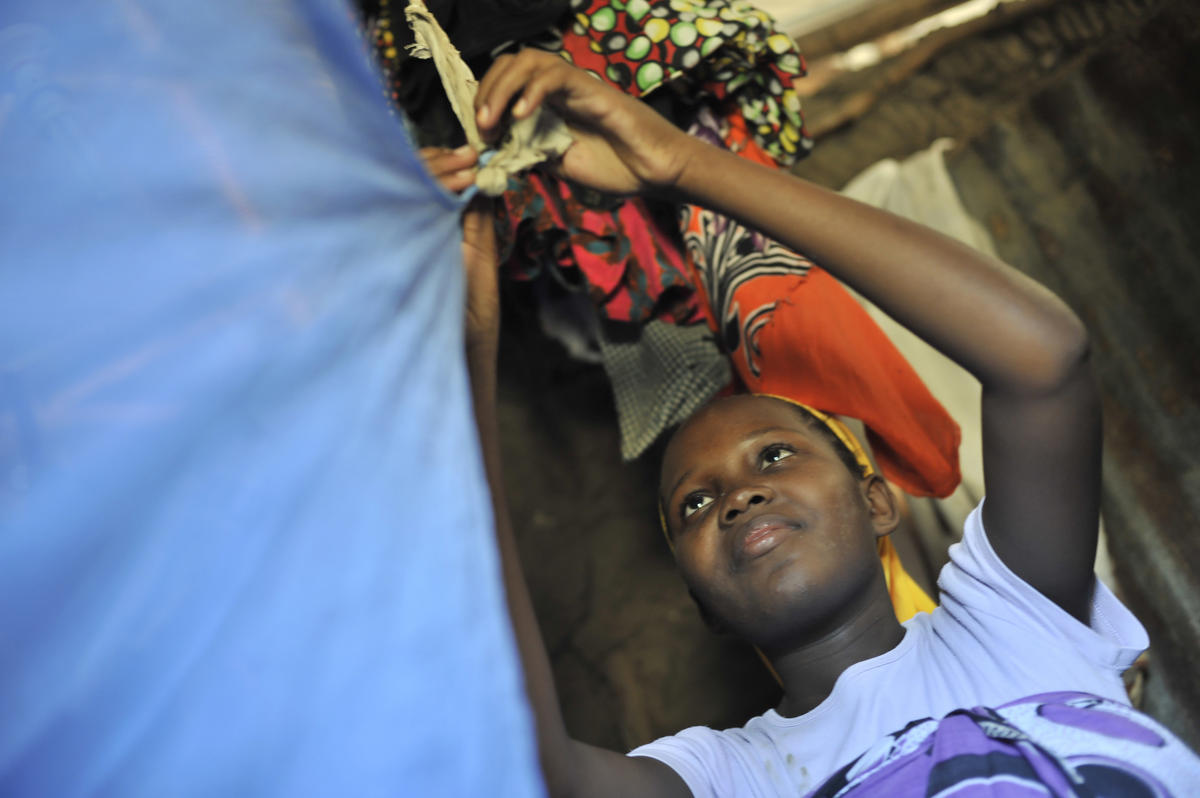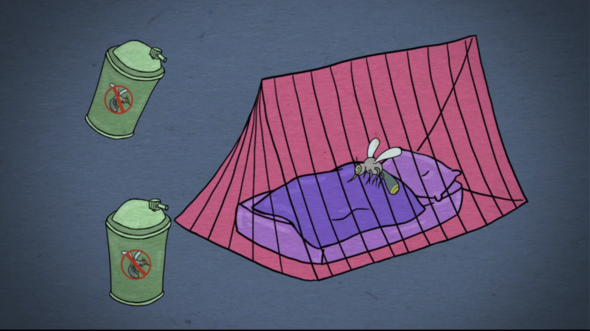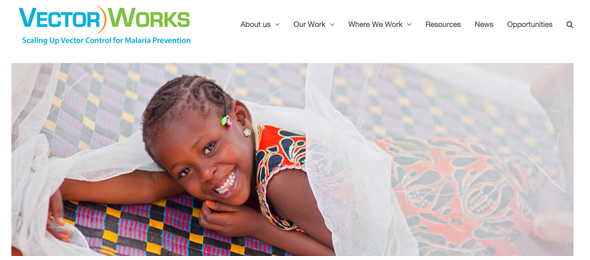
Malaria Study: Only Two-Thirds of Mosquito Bites Prevented by Treated Nets
Current interventions in place to protect people from malaria – most notably insecticide-treated mosquito nets and indoor spraying – work well, but new CCP research suggests that, in many places, more is needed to eliminate the threat.





